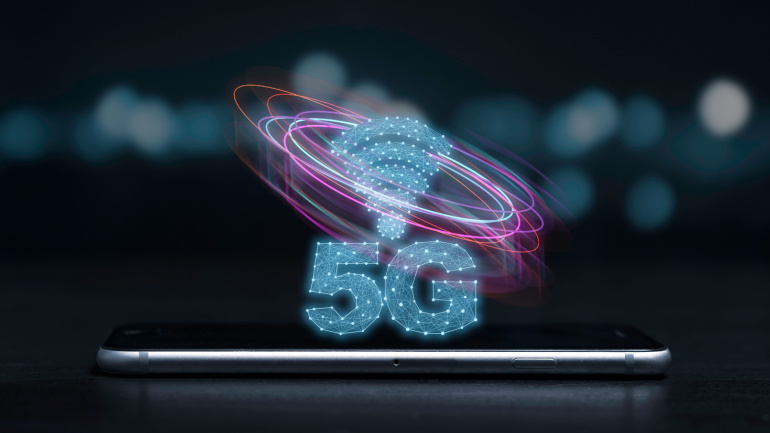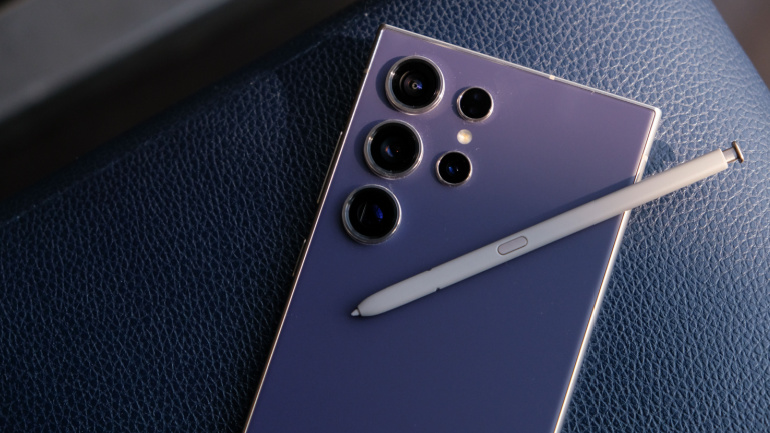Germany has officially banned critical components from Chinese telecom firms Huawei and ZTE in its 5G network infrastructure, citing security concerns. German telecommunications companies must eliminate Chinese equipment from core networks by 2026 and from 5G access and transport networks by 2029.
Verizon has introduced a new prototype, the “network in a box” (NIB), aiming to bridge the gap between public and private network deployments. This innovative solution targets customers who desire the advantages of a private mobile network—such as enhanced performance, reliability, privacy, and security—without the need for a permanent setup due to financial or practical constraints.
Point Topic’s recent analysis reveals that global fixed broadband connections will rise to 1.39 billion by the end of this decade. While some regions will reach near-saturation, others will see significant growth opportunities.
Reports have surfaced indicating that Nokia is on the brink of finalizing a significant deal with Portuguese mobile network operator MEO to deploy 5G radio access network (RAN) infrastructure. The move comes as MEO currently relies on Huawei equipment for its RAN operations.
Letta’s recent report underlines the fragmentation faced by the European telecoms sector, with its 27 separate national markets serving a mere average of five million customers. Highlighting the necessity for unification and increased scale for cost-effective innovation, the report aims to strengthen the sector’s competitiveness, fueling new advancements like edge computing and IoT.
Global smartphone shipments saw a notable 7.8% year-over-year increase in the first quarter of 2024, according to data from IDC’s Worldwide Quarterly Mobile Phone Tracker. The total shipments for the quarter reached 89.4 million units, marking the third consecutive quarter of growth and indicating a solid recovery in the smartphone market.
Juniper Research, in partnership with VOX Solutions, delves into the increasingly critical issue of Artificially Inflated Traffic (AIT) and SMS Trashing impacting the global business messaging sector. The report divulges disconcerting figures, with fraudulent activities such as AIT significantly bolstering operational costs and potentially costing enterprises an alarming $60 million annually.
Recognizing the growing demand for mid-band spectrum, the International Telecom Union (ITU) appends new frequency bands for 5G usage. A significant addition was the 6GHZ spectrum, which is anticipated to facilitate the 5G evolution. Multiple global operators have conducted successful tests, making strides toward a seamless shift to 5G-Advanced. This advancement not only opens a myriad of industry opportunities but also promises an improved user experience potentially comparable to the fiber experience.
In a strategic move to enhance the appeal of its smartphones, South Korean tech giant Samsung has joined forces with Google and Qualcomm, marking a significant collaboration in the tech industry. The focus of Samsung’s latest Galaxy S24 series launch lies in the integration of generative AI, a result of the newfound partnership with Google Cloud.
China finished building the first launchpad at its Wenchang spaceport for the Long March 8 rocket. OmniOn Power’s Intelligent Distribution Bay addresses the growing challenges in the telecom and data center industry by providing real-time monitoring. Infobip launched AI Hub, an advanced upgrade integrating analytics, AI, and gen AI features to facilitate seamless end-to-end conversational experiences. CallTower joined the International Trade Council, reinforcing its dedication to excellence in Cloud Communications. The US government granted $50 million to Dish for the Open RAN Center for Integration & Deployment (ORCID), aimed at enhancing the global Open RAN ecosystem.













